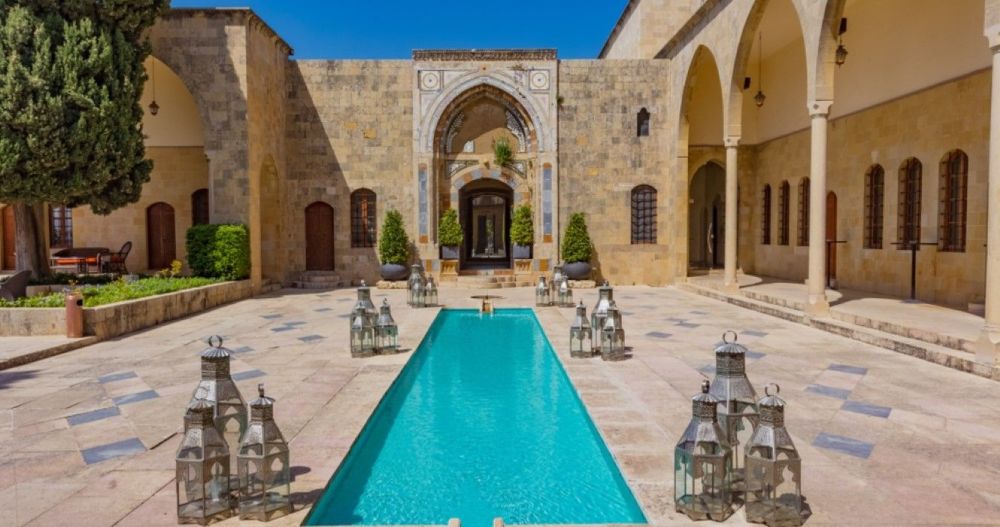

Lebanon has long been a crossroads of civilizations, which is reflected in its rich cultural heritage and historical landmarks. Of its numerous attractions, two palatial wonders stand out: Mir Amin Palace and Beiteddine Palace. They have played a significant role in the country's tourism history, attracting visitors who seek a fusion of architectural beauty, historical depth, and cultural significance.
The Mir Amin Palace, which now serves as a luxury hotel, tells a tale of Lebanon's feudal period. Dating back to the 19th century, it was the residence of the last Emirs in Lebanon. With its traditional Lebanese architecture, the palace is a captivating site for those interested in the Ottoman-era Levant. The palace has been restored to its former glory, featuring intricate decorations and expansive terraces that offer stunning views of the Chouf Mountains.
The Beiteddine Palace, the jewel in Lebanon's historical crown, is an architectural masterpiece from the 19th century. This grandiose structure was built over a thirty-year period by Emir Bashir Shihab II and is renowned for its exquisite architecture and detailed mosaics. The palace is the host to the annual Beiteddine Festival, which brings a mix of local and international performances, further enhancing its status as a cultural hub.
Tourism in Lebanon has a storied past, with the country being known as the "Switzerland of the Middle East" because of its prosperous touristic industry in the 1960s. Visitors were drawn to its cultural diversity, historical sites, and natural beauty. However, the civil war from 1975 to 1990 significantly affected the sector.
In recent years, despite periods of instability, Lebanon has witnessed a rebirth in tourism. The government has invested in the restoration of historical sites and the development of the tourism infrastructure, aiming to showcase the country's heritage and attract diverse visitor demographics.
Cultural Tourism: With its rich history and cultural diversity, Lebanon continues to attract tourists interested in exploring heritage sites, including the Roman ruins in Baalbek, the cosmopolitan vibe of Beirut, and the historic palaces described above.
Adventure and Ecotourism: The country's varied landscape offers opportunities for ecotourism and adventure travel, such as hiking the Lebanon Mountain Trail, exploring the Cedars of God, and enjoying water sports along the Mediterranean coast.
Gastronomy: Lebanese cuisine is globally celebrated, and culinary tourism has become a significant trend with food tours and cooking workshops providing an immersive cultural experience.
Sustainable Tourism: There is a growing emphasis on sustainable practices in Lebanon's tourism industry, fostering an environment that responsibly makes use of natural and cultural resources while promoting local communities.
The historic palaces of Mir Amin and Beiteddine are key highlights in Lebanon's touristic offering, capturing the essence of Lebanon's past grandeur and continued cultural significance. Despite challenges, Lebanon's tourism has shown resilience and the ability to adapt to changing trends, promising a bright future for visitors seeking a diverse and enriching travel experience.